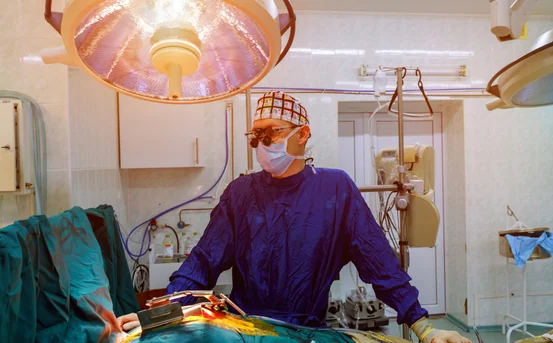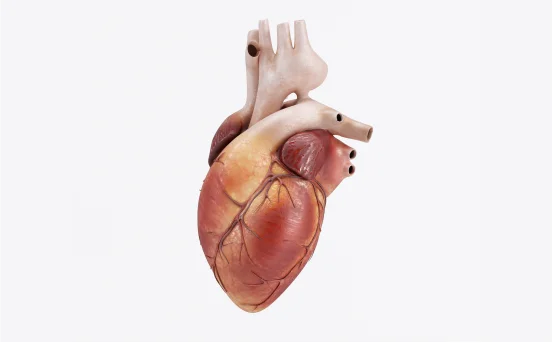Vertigo is more than just dizziness. It’s a specific type of sensation where individuals feel as if they or their surroundings are spinning, tilting, or swaying despite being still. This condition can range from mildly unsettling to completely debilitating, affecting daily activities and quality of life. Proper diagnosis of vertigo is the cornerstone of managing vertigo effectively. A clear understanding of its cause allows for targeted treatment, reducing symptoms and preventing recurrence.
What Is Vertigo and Why Diagnosis of Vertigo Matters
Vertigo is often a symptom rather than a standalone condition. It can stem from various causes involving the inner ear (peripheral vertigo) or the brain (central vertigo). The most common types include:
- Benign Paroxysmal Positional Vertigo (BPPV)
- Meniere’s Disease
- Vestibular Neuritis or Labyrinthitis
- Migraine-Associated Vertigo
- Cerebellar Stroke or Tumor (central causes)
Because vertigo has a wide array of possible origins, diagnosis is critical to identify whether it’s harmless or a sign of something more serious.
- Patient History :- The diagnostic process begins with a detailed patient history. During this stage, the physician asks questions aimed at narrowing down the type and cause of vertigo. Key aspects include:
- Is the sensation spinning, swaying, or lightheadedness?
- Is it constant or episodic?
- How long do episodes last?
Triggering Factors
- Do head movements, body position changes, or loud sounds trigger the episode?
- Does vertigo occur with nausea, vomiting, tinnitus, or hearing loss?
Associated Conditions
- Are there neurological symptoms like vision changes, weakness, or speech difficulty?
- Any recent infections, especially respiratory or ear infections?
- Any history of migraines or trauma?
Medication and Lifestyle
- Any new medications?
- History of alcohol or drug use?
This information helps guide the next steps and rules out or supports specific causes.
- Laboratory Investigations :- Though not always necessary, blood tests may be ordered if an infection, autoimmune condition, or metabolic disorder is suspected. Common labs include:
- Complete Blood Count (CBC)
- Blood glucose and HbA1c
- Thyroid profile
- Vitamin B12 and D levels
- Inflammatory markers (e.g., ESR, CRP)
These tests are more supportive in complex or unexplained cases of vertigo.
- Physical Examination :- After history-taking, a thorough clinical examination is conducted, with a special focus on the neurological and vestibular systems.
- Nystagmus Check :- Rapid, involuntary eye movements can indicate vestibular dysfunction.
- Head Impulse Test :- A sudden turn of the head tests the vestibulo-ocular reflex. Abnormal responses suggest peripheral vertigo.
- Dix-Hallpike Maneuver :- Commonly used to diagnose BPPV by triggering vertigo and nystagmus when the head is moved in specific positions.
- Balance and Coordination
- Romberg Test :- The patient stands with feet together and eyes closed. Difficulty maintaining balance suggests vestibular dysfunction.
- Gait Assessment :- Observing how a person walks can point to neurological or vestibular issues.
- Finger-to-Nose Test & Heel-to-Shin Test :- Evaluate cerebellar function to rule out central causes.
- Hearing Tests :- Since inner ear disorders are a major cause of vertigo, audiometric testing may be conducted. These include:
- Pure Tone Audiometry :- Measures hearing thresholds to identify any loss.
- Speech Discrimination Tests :- Evaluate the clarity of hearing.
- Tympanometry :- Tests middle ear pressure and eardrum function.
- Laboratory Investigations :- Though not always necessary, blood tests may be ordered if an infection, autoimmune condition, or metabolic disorder is suspected. Common labs include:
- Complete Blood Count (CBC)
- Blood glucose and HbA1c
- Thyroid profile
- Vitamin B12 and D levels
- Inflammatory markers (e.g., ESR, CRP)
- Imaging Studies :- In cases where central vertigo is suspected or if symptoms are severe, persistent, or accompanied by neurological signs neuroimaging becomes essential.
- MRI (Magnetic Resonance Imaging) :- MRI is the preferred imaging modality to detect brainstem or cerebellar stroke, tumors, multiple sclerosis, and other central pathologies.
- CT Scan :- Useful in emergency settings to quickly rule out stroke, brain hemorrhage, or head trauma. Imaging is not typically needed in classic cases of BPPV or when the diagnosis is clear from history and examination, but it’s critical in atypical presentations.
- Vestibular Function Tests :- When the cause of vertigo remains unclear after basic examination and imaging, specialized vestibular tests are performed. These include:
- Videonystagmography (VNG) :- Uses infrared cameras to track eye movements during specific head positions. Helps confirm BPPV and differentiate between peripheral and central vertigo.
- Caloric Testing :- Warm or cold air/water is introduced into the ear canal to stimulate the vestibular system. Asymmetrical responses indicate vestibular weakness.
- Rotary Chair Testing :- Assesses eye movements in response to controlled chair rotations. Useful when VNG or caloric tests are inconclusive.
- Vestibular Evoked Myogenic Potentials (VEMP) :- Measures muscle responses to sound stimulation to evaluate the saccule and inferior vestibular nerve. Can assist in diagnosing superior canal dehiscence or Meniere’s disease.
- Migraine Evaluation :- Many patients with vertigo have no ear or brain abnormalities, but report episodic vertigo with or without headache. This can point to vestibular migraine.
Diagnosis is often based on:
- History of migraine
- Episodes of vertigo lasting minutes to hours
- Visual aura, photophobia, or phonophobia
- Improvement with migraine treatments
A neurologist may use diagnostic criteria set by the International Headache Society to confirm this condition.
When to See a Specialist
If vertigo:
- Is sudden and severe
- Is associated with hearing loss or tinnitus
- Comes with neurological symptoms like slurred speech, weakness, or double vision
- Does not improve with initial treatment
It’s important to consult an ENT specialist, neurologist, or vestibular therapist for advanced diagnosis and treatment.
Conclusion
Diagnosis of Vertigo is a step-by-step process that combines clinical expertise with appropriate testing. Since vertigo can arise from a wide range of causes from inner ear disorders to brain abnormalities a thorough evaluation is crucial to ensure proper management.
Early and accurate diagnosis not only alleviates symptoms faster but also prevents unnecessary anxiety and complications. If you or a loved one experience recurring dizziness or imbalance, don’t ignore it seek timely medical advice and get to the root of the issue.























